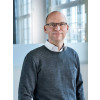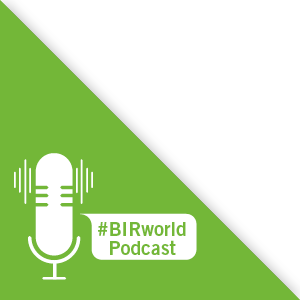In Scandinavia, the situation is slowly returning to some kind of normality. Although many business sectors are resuming work, shops and hairdressers are reopening and children are going back to school, not everything is where it was before the COVID-19 pandemic began.
The region’s countries have chosen different strategies to prevent the virus from spreading.
Denmark practically closed its border on March 14. Grocery shops remained open but malls, hairdressers, training centres, etc. were all closed between mid-March and the beginning of May. Things are slowly moving again but, clearly, every step is being taken with extreme caution. The spread of the virus is constantly monitored, and any measure will be taken to prevent it from regaining its impetus. Danish industry is very exported-orientated, with the USA and Germany being the main markets. Right now, it seems that production industry is running at around 65% of its normal pace.
So with 30-35% of normal activity missing, competition among non-ferrous scrap dealers in Denmark is increasing. Margins are extremely low, and everybody is struggling to find material. In all four Scandinavian countries, supply of and demand for non-ferrous scrap must find a new balance.
The strategies adopted by Norway and Finland for handling COVID-19 have been similar to that of Denmark. However, Sweden’s strategy has differed clearly from that of the other Scandinavian countries, with shops, restaurants and bars remaining open during the crisis. It is still too early to evaluate the effects on the economy of these different approaches or to say what the long-term consequences of the pandemic will be.

Mogens Bach Christensen
H.J.Hansen Genvindingsindustri A/S (DNK), Board Member of the BIR Non-Ferrous Metals Division
Country
 Nordic Countries
Nordic Countries
